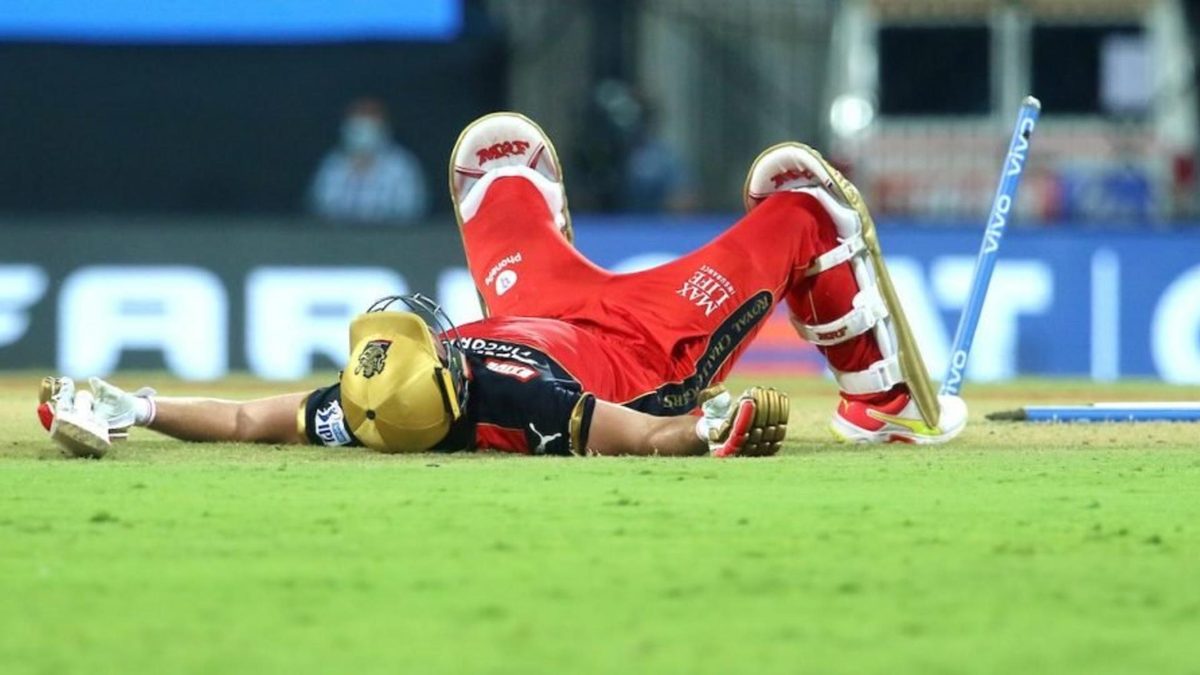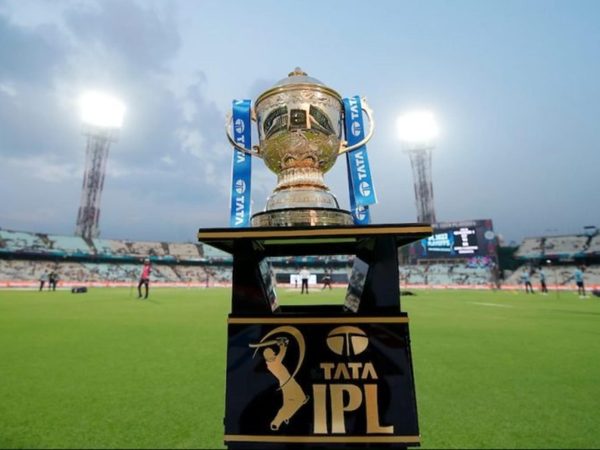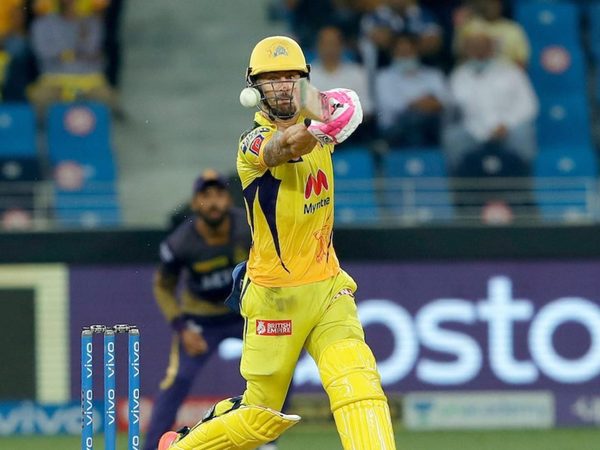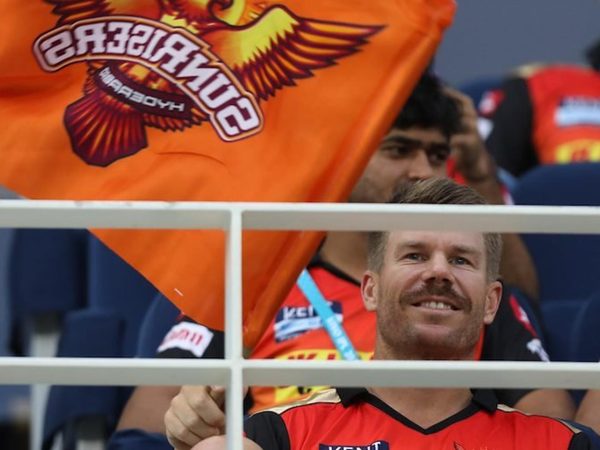
In a country devastated by the Covid-19 pandemic, the IPL managed to host twenty-five days of live cricket, but when the bubble finally burst, it left behind unfulfilled promises, virus-exposed cricketers and plenty to think about, writes Aadya Sharma.
Subscribe to the Wisden Cricket YouTube channel for post-match awards, player interviews, analysis and much more.
That’s it, then.
Cricket’s mightiest spectacle came to a staggering, sudden stop, brought to its knees by a nano-sized life form that’s ravaged the host country. Within 48 hours, the general dialogue around the IPL rapidly moved from team combinations and captaincy changes to the shrinking bio-bubble, the virus spreading its tentacles at least four of the eight teams. Suddenly, it mattered little who was opening for Hyderabad, who was Punjab’s fourth overseas player or who was at the top of the points table.
It seemed inevitable, really.
An average feed on Indian Twitter is currently filled with gasping calls for oxygen, a desperate search for beds, and please remdesivirs and ventilators. Barely kilometres away from the action in the stadia, crematoriums have been overflowing with dead bodies; in Delhi, loved ones were forced to turn parking lots into makeshift crematoriums for want of space. India’s Covid tally, at the time of writing, stands at 20.3 million cases, with 357,000 new cases alone on May 3, the day the first case in the IPL bubble was revealed.
Amid the grief-stricken reality, the IPL carried on with a general tone of blissful unawareness, the tournament continuing through massive logistical challenges. They managed to pull it off flawlessly in the UAE, and the same template was ready to be applied in India. However, IPL 2020 was held in a country far preferable in terms of its infrastructure – switching between three venues largely one and a half hours apart on road and no requirement for air travel – and less affected, at the time, by Covid-19. Then, the average daily case count in UAE stood just over 1,000.
It was almost as if the IPL played into India’s overall mistaken euphoria after the end of the first wave. In February, new cases had dropped to four-digit figures, and the nation, as a whole, was slowly becoming all too comfortable. The BCCI allowed in-stadium attendance for the India-England series, and decided to bring back the IPL in India too, keeping the door open for attendance at a later stage.
Not long after, the second wave slammed on India, but the organisers were seemingly ready: plush hotels hosting the players were locked to the outside world, airports had separate check-in counters, daily Covid testing was in place for teams, there was reportedly even a bluetooth tracking gadget on players (which was later found to be faulty). The nation began to burn, but for four hours each night, the IPL beamed out pictures of players untouched from the pandemic, secure in their foolproof bubbles, aiming to complete the longest edition of the tournament ever.
There were clear signs of impending danger. Even before the first ball was bowled, the IPL’s extended contingent saw Covid-19 cases emerging from it – from players to broadcasters to groundstaff, there were recorded positive cases in double-digits. But the tournament’s continuation seemed non-negotiable. Even when venues Mumbai and Delhi went into city-wide lockdowns as governing bodies struggled to contain the pandemic, teams got permission to circumvent the curfew. The IPL assured that they’d be able to transfer their bio-secure across venues as far as 2,000 km apart.
As the nation witnessed the sobbing faces of the bereaved on the news, the same televisions also saw players narrating scripted lines as part of their daily public announcement. The IPL was trying to do its bit in trying to show concern, but internally, the uneasiness around the potency of the said invisible shield was growing. For how long would this bubble hold?
Adam Zampa, one of the five overseas players to willingly leave the tournament midway, called it “the most vulnerable bubble” he has been part of. Not long after, the first positive case in-tournament case emerged, the news of which came first through a media outlet and not the official body. And then, there was no turning back.
There’s still no clarity as to how exactly the breach happened, but increasingly, it feels as if no bio-bubble is impenetrable, and good fortune and a low prevalence of the disease in the country might both be necessary for a tournament to proceed unaffected. In July last year, Jofra Archer was part of an unapproved detour; the following month, Mohammad Hafeez interacted with the public, leaving him to self-isolate.
Even when the first two cases emerged from inside the KKR camp, CEO Venky Mysore was confident that the team would be ready by the 7th or 8th to play the rescheduled game. But within the next day, the gravity of the situation halted IPL’s dreamy run, just a week after BCCI’s interim CEO assured teams and stakeholders that they were “further strengthening the bio-secure environments”, a phrase that, in a way, captures how unquantifiable the whole process it.
In hindsight, it was probably an incorrect call to force the tournament on India, the worst-hit country in the pandemic – a day before the schedule was announced, daily cases stood at 18,754, the highest they had been since January. But the organisers stuck to having India as their preferred, probably hoping for things to ease out and confident of a bubble that eventually failed them.
With early predictions ignored, a bio-secure environment to swear by, and no signs of slowing down even when the situation turned grave, the end sadly came with a concluding press release, where BCCI assured they’d do “everything in its powers to arrange for the secure and safe passage of all the participants”. That was essentially the purpose of the bubble really, and it’s a miracle that it lasted this long.







